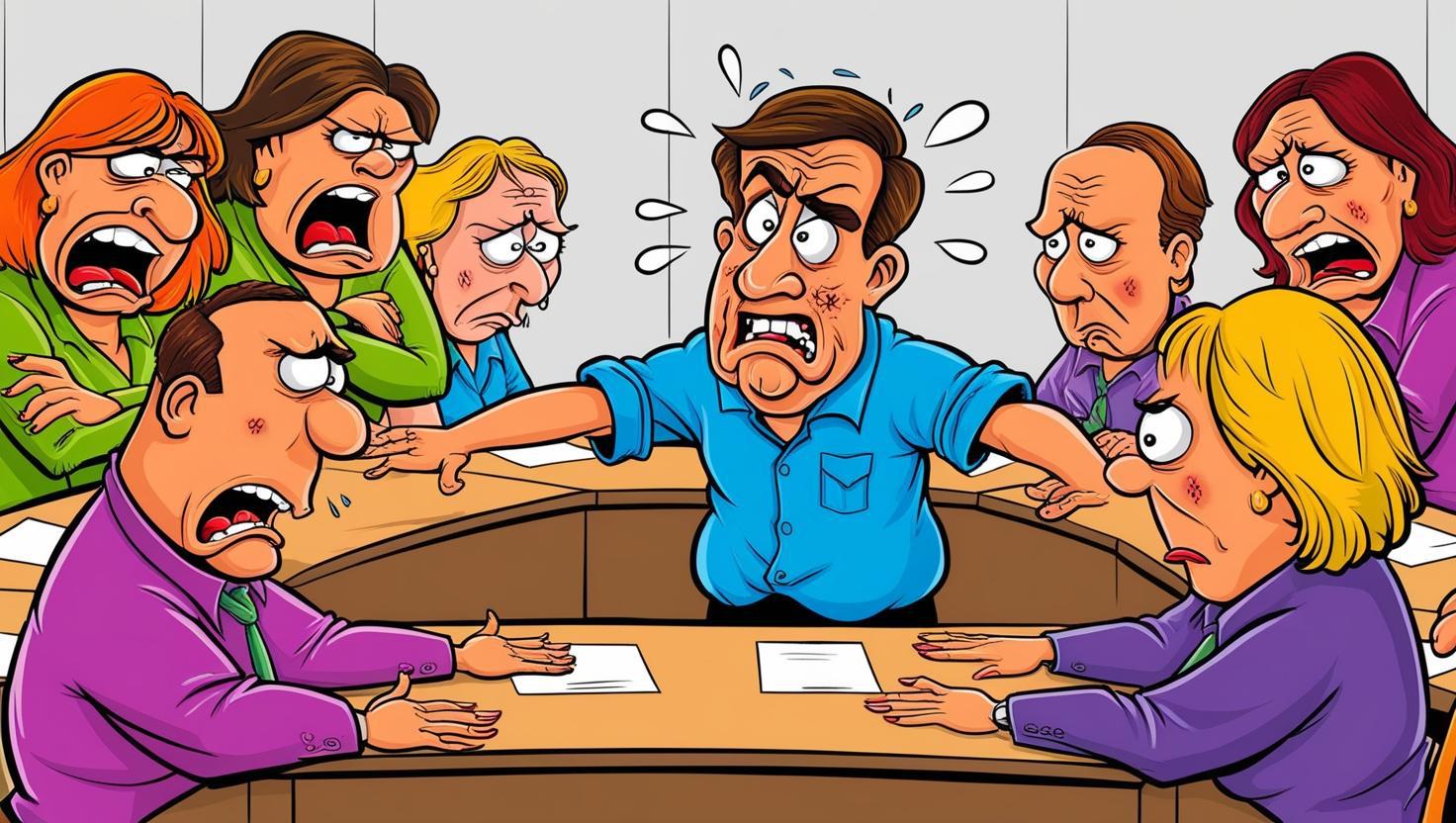
To step in, or stay out...
I learned how to balance this delicate tightrope as a rookie facilitator years ago, when I found myself facilitating a workshop with a room full of both business tech experts.
Let’s just say they had 'history'—not the good kind. There was distrust, frustration, and about five minutes in, I could feel the tension brewing. The workshop started off fine, but then—boom!—a few frustrated participants let loose, and suddenly, it felt like I’d just opened the floodgates. The greyhounds were out of the stalls.
The Art of Knowing When to Step In (And When to Shut Up)
1. If You Step In Too Early, You Lose Credibility
As a facilitator, your job isn’t to control the conversation—it’s to guide it. If you shut down a discussion the moment it gets uncomfortable, people feel unheard, and that’s a surefire way to lose their trust. People need to feel like their frustrations are acknowledged before they can move forward.
In my case, I instinctively knew these participants mentioned earlier needed to get their issues off their chests. If I jumped in with "Let’s park this for later" too soon, they’d feel dismissed, and the workshop would turn into yet another meeting where nothing really got addressed.
2. If You Step In Too Late, You Lose Control
On the flip side, letting things spiral too far can derail the entire session. Heated debates can turn into personal attacks, time can disappear, and suddenly, you’re no longer facilitating—you’re just watching chaos unfold.
At this moment in my workshop, I felt the tide turning. More people were joining in, voices were getting louder. That was my cue to jump in.
3. Finding the Sweet Spot: The 'Just Enough' Moment
This is where real facilitation magic happens. Let enough of the frustration come out so that key themes emerge, but don’t let it turn into an endless venting session. The trick? LISTEN, and start capturing key points on a board or digital space, acknowledging the concerns, and then—crucially—steering the conversation toward solutions.
That’s exactly what I did. “Okay, I can see this is a major issue for a lot of you. Let’s capture the key points so we don’t lose them, and then we’ll come back to how we address them strategically.” Immediately, people felt heard, and the room started shifting back into problem-solving mode instead of grievance air-time.
The Takeaway: Balance is Everything
Facilitation is about reading the room, managing energy, and knowing when to let things flow and when to redirect. It’s not easy, but when done well, it builds trust, drives meaningful conversations, and—most importantly—leads to real OUTCOMES instead of another pointless meeting.
Need a Facilitator Who Can Walk This Tightrope?
If you’re leading a team, running a problem-solving workshop, or trying to get to the root cause of issues without meetings turning into battlegrounds, I can help. Let’s work together to facilitate workshops that get results—without the drama.
Reach out, and let’s chat!